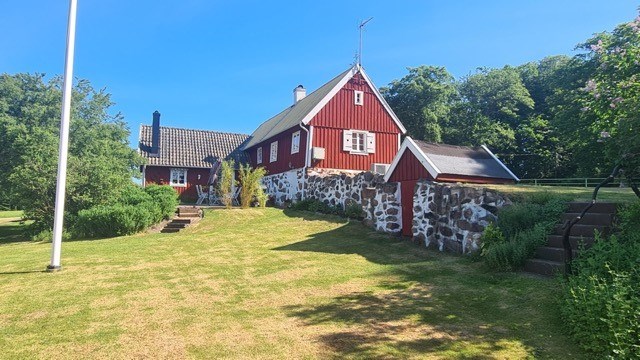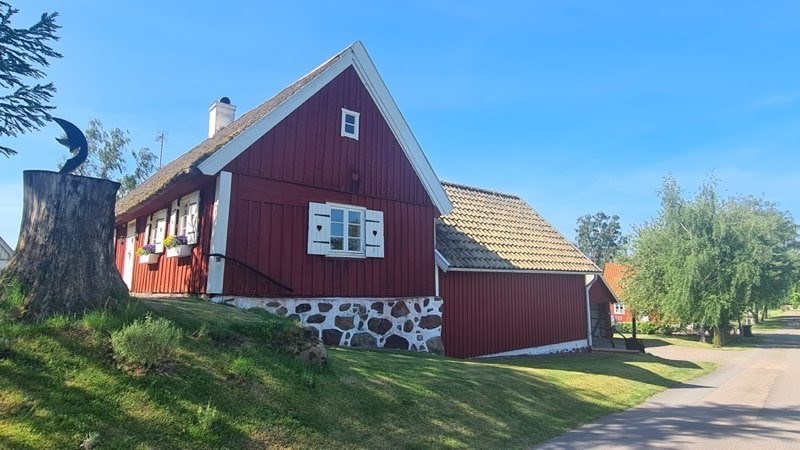
Former Coal City Becomes Climate Leader: Bottrop’s Energy Transition
The energy transition—shifting from coal, oil, and gas to renewable energy—only works if everyone can participate. Bottrop, a city in western Germany, shows how this can be done. Once a coal-mining hub, Bottrop has transformed by replacing heating systems, renovating buildings, and installing solar panels—all in just a few years.
The energy transition is crucial for addressing the climate crisis. As a result of the ongoing use of fossil fuels like coal, oil, and natural gas, the planet continues to warm. Consequently, the effects are becoming clearer each year: longer, hotter summers, drying rivers, and heavy rains that cause floods.
In order to tackle the climate crisis, we must stop using fossil fuels. For instance, cars need to run on electricity from water, wind, and solar power. Oil and gas heating systems should be replaced by heat pumps. Furthermore, district heating systems must switch to renewable energy like geothermal power.
Bottrop: From Coal Stronghold to Energy Leader
Achieving this transition requires action from everyone. Cities around the world are involving their residents, and Bottrop is leading the way. Over the past few years, the city has replaced heating systems, upgraded buildings, and installed many solar panels. As a result, Bottrop leads Germany in heat pumps and has the highest number of solar installations in North Rhine-Westphalia.
So, what made this possible? The answer lies in a proactive energy policy that directly engages the community.
Unlike many cities where people need to find advice on their own, Bottrop’s approach is more hands-on. Energy advisors go door-to-door, speaking directly with residents about renovation options. The city also holds workshops and information sessions to encourage more people to get involved.
A Fair and Collaborative Approach
Research shows that climate policy success depends on how it affects people’s lives and how fair it is. Bottrop’s “One-Stop-Shop” model ensures residents get all the help they need in one place. This includes technical advice and financial support, thus making the energy transition easier for everyone.
Moreover, this model is becoming popular across Europe. It helps residents find the best deals for renovations and works with social housing to ensure that improvements benefit everyone, including those in affordable housing.
Public Support is Key to Success
Bottrop shows the real challenge isn’t the technology. The tools for the energy transition already exist and continue to improve. Instead, the challenge is getting people involved. Residents must be willing to replace heating systems, renovate homes, and support new wind turbines and power lines. They also need to support policies that create the legal framework for these changes.
Bottrop has proven that with support and involvement, the energy transition can succeed. This success offers a model for other cities working toward a sustainable and fair future.This work is licensed under the Creative Common License. It can be republished for free, either translated or in the original language. In both cases, please cite Kontrast / Kontrast Redaktion as the original source/author and set a link to this article on Scoop.me. https://thebetter.news/former-coal-city-climate-leader-bottrop-energy-transition/
The rights to the content remain with the original publisher. Läs mer…

